Traditionally, documentation of war and conflict has been closely associated with photojournalists. From Margaret Bourke-White to Hyung Cong ‘Nick’ Út to Lynsey Addario, iconic photographs have left an indelible mark on how we remember wars. These images distil the essence of the conflict, its toll on the communities living in the war zones, and the humanitarian disasters that have ensued.
As the most documented war in history, a new technological environment distinguishes the war in Ukraine from previous conflicts. This war is the first where the use of smartphones, internet access, and social media networks is ubiquitous. Chari Larsson will discuss an innovative photography project, Diaries of War and Life, developed by students and staff at the Lviv Center for Urban History in the immediate aftermath of Russia’s invasion of Ukraine.
The collection sits somewhat awkwardly in relation to existing tropes of war photography. The images are closer to ‘vernacular’ photography, ordinary photographs taken by ordinary people. But there is nothing ordinary about war. How does smartphone technology yield new forms of visualising civilian experience? And what is the spectator’s duty of care when presented with such images?
-
Chari Larsson is Senior Lecturer in Art History and Theory at Queensland College of Art and Design, Griffith University. She is the author of Didi-Huberman and the image (Manchester University Press, 2020) and has been published in journals including Journal of Art Historiography, Senses of Cinema and Psychoanalysis, and Culture and Society. Her current research concentrates on the intersection of community memory, trauma, and the war in Ukraine.
Volodymyr Petrov, from 'Russia's War Against Ukraine' 2015–22.















